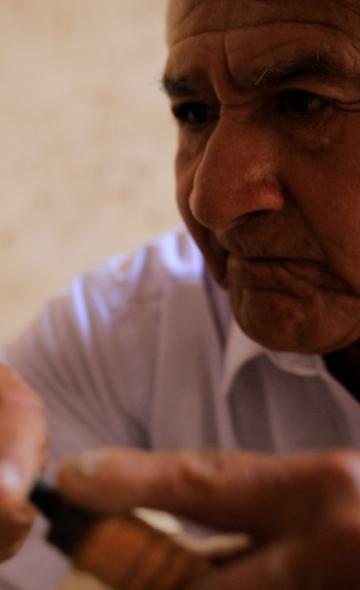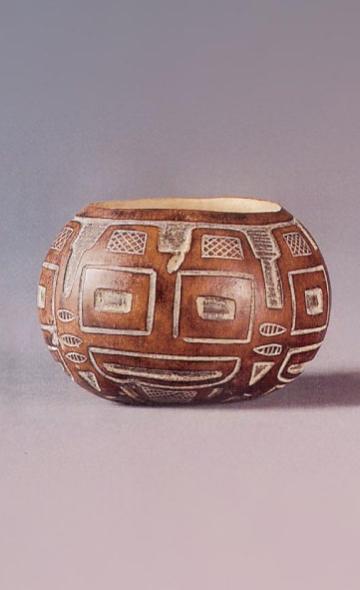- Visitors
- Researchers
- Students
- Community
- Information for the tourist
- Hours and fees
- How to get?
- Virtual tours
- Classic route
- Mystical route
- Specialized route
- Site museum
- Know the town
- Cultural Spaces
- Cao Museum
- Huaca Cao Viejo
- Huaca Prieta
- Huaca Cortada
- Ceremonial Well
- Walls
- Play at home
- Puzzle
- Trivia
- Memorize
- Crosswords
- Alphabet soup
- Crafts
- Pac-Man Moche
- Workshops and Inventory
- Micro-workshops
- Collections inventory
- News
- Researchers
- Learning about sculpture: Lucio Valverde "What little I have learned; I want to pass on"
News
CategoriesSelect the category you want to see:
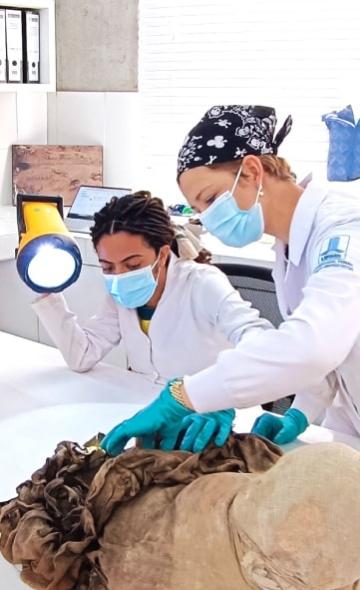
International academic cooperation between the Wiese Foundation and Universidad Federal de Mato Grosso do Sul ...
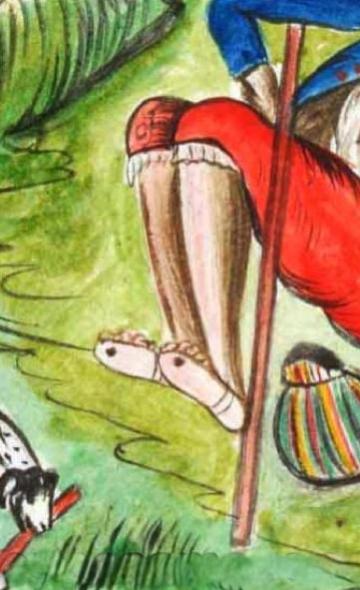
Clothing at El Brujo: footwear ...
To receive new news.
Por: Katerine Albornoz
By Katerine Albornoz
Introduction
Throughout our history, art and culture have been expressed through different forms, such as painting, dance, architecture, literature, among others. On this occasion, we will talk about one of them, sculpture. To this end, this note aims to make known what sculpture consists in through a brief review and interview with an artist.
Let's define sculpture
According to Martón G. (1995), the art of making a sculpture consists in removing matter from a block to represent a figure. There are techniques that have been used since prehistoric times for its realization. The action of sculpting, in terms of its purpose, has had a meaning and an intention in certain periods of human history. The sculptures called "Paleolithic Venuses” (Palau M., 2014; Sculptures, n.d.) (Figure 1) stand as proof of this.
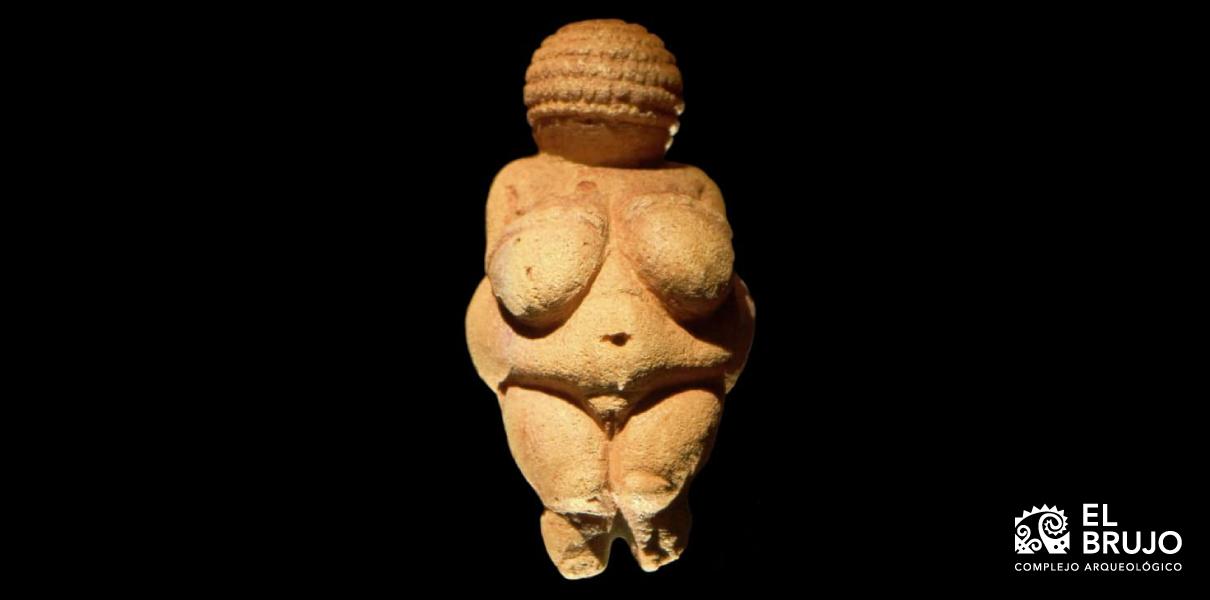
In Peru, there is evidence of sculpting work from the pre-Hispanic period carried out in different techniques and material supports (Figure 2) (Mujica B., 2007). Currently, this practice is still used in different communities, as is the case of a district of Chicama, Chiclín, province of Ascope, in the department of La Libertad.
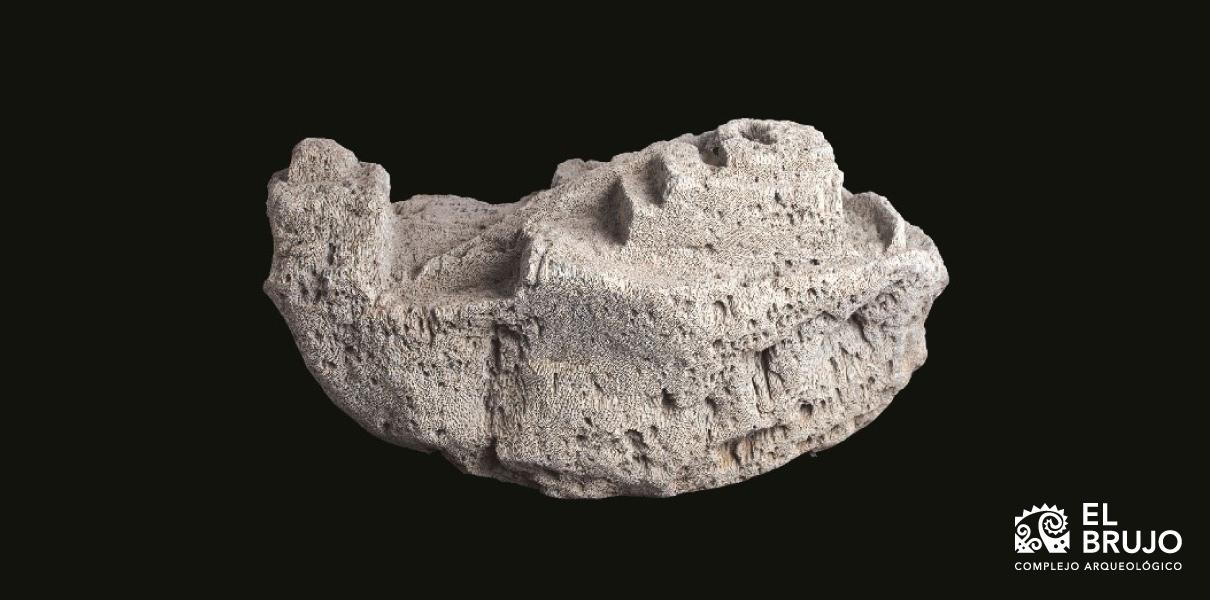
Review of Chiclín
At the end of the sixteenth century, the hacienda "Chiquilín y Alcalá" was formed as part of the social and economic context (Ramírez, 1991). Later, when Marquis Don Juan Herrera y Valle Hermoza acquired the property it was known as "Chiclín". At the end of the nineteenth century, the Larco family managed the hacienda succeeding in promoting educational, social and cultural aspects in the community (Paredes V., 1996). One of the initiatives was to promote art and its different expressions, such as sculpture. Currently, we can see some of the sculptural works made in that period, such as the "Christ the King" (Figure 3) made by the artist Filomeno Melgarejo, from Ancash, in the strong devil technique (cement and plaster).
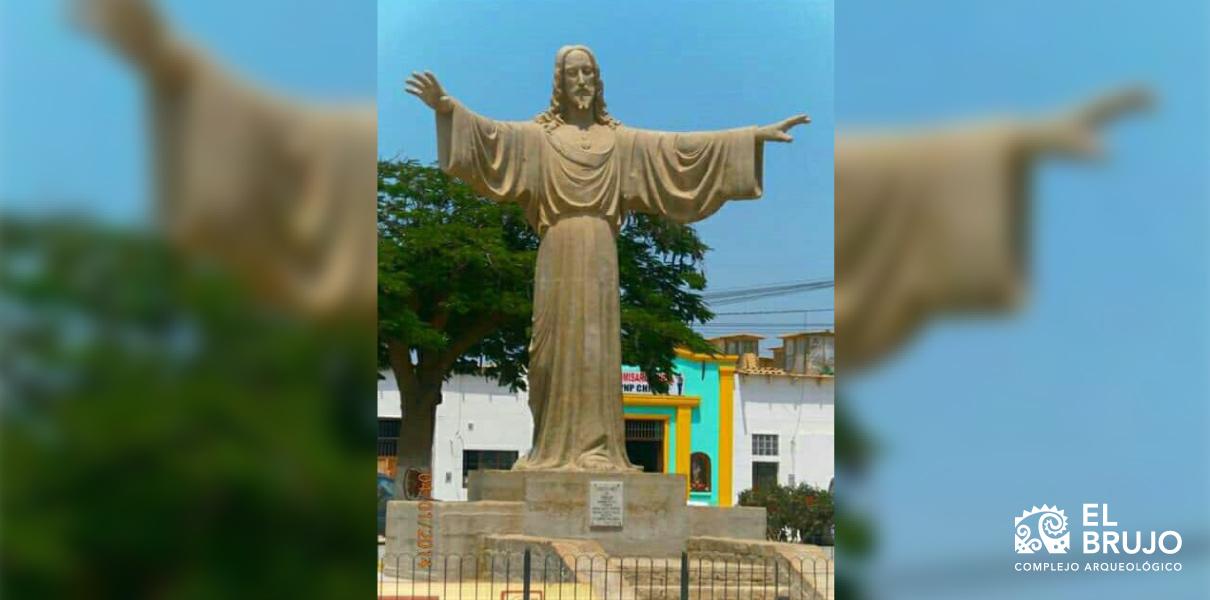
A conversation with the sculptor
To go deeper into the subject, we had a conversation with Mr. Lucio Valverde, an artist originally from Chiclín, Chicama district. In the interview, Mr. Lucio Valverde talks about his beginnings in artistic work and that, despite the difficulties he had to face, he continues in it. Currently, his main motivation is to spread the history and art of his native Chiclín.
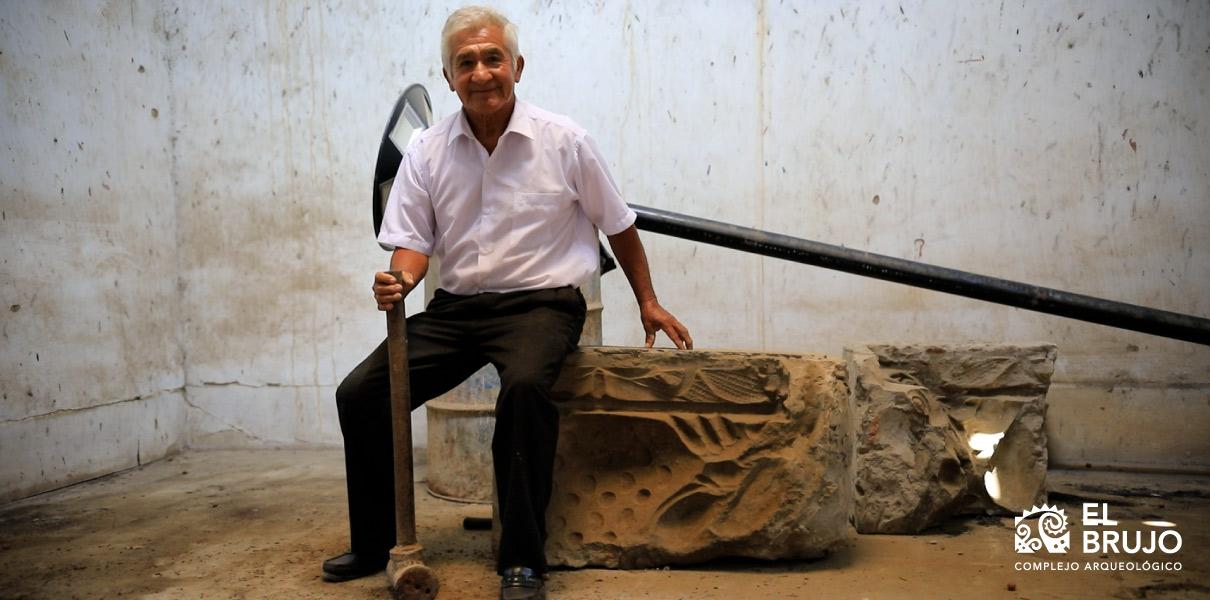
KA: How did you first become interested in art and sculpture?
LV: "As a young man I was motivated by my close friend Juan Otiniano to learn drawing and painting. With him, I took my first steps in art. Later on, I applied to the school of Fine Arts in Trujillo and for the next 4 years I learned about painting, sculpture and drawing. However, for family reasons I had to leave school and start working. Despite that, on my days off I practiced drawing and painting. Now I am retired from work and can devote myself to the art of sculpture and painting."
KA: What motivates you to continue practicing painting and sculpture?
LV: "Recently, my motivation has been to recover the sculptural pieces of Chiclín left by the Larco Family so that the community can identify with their history and culture. Also, the support that I received from the community when I did one of my pieces for the House of Culture of Chiclín has motivated me to want to leave a legacy here".
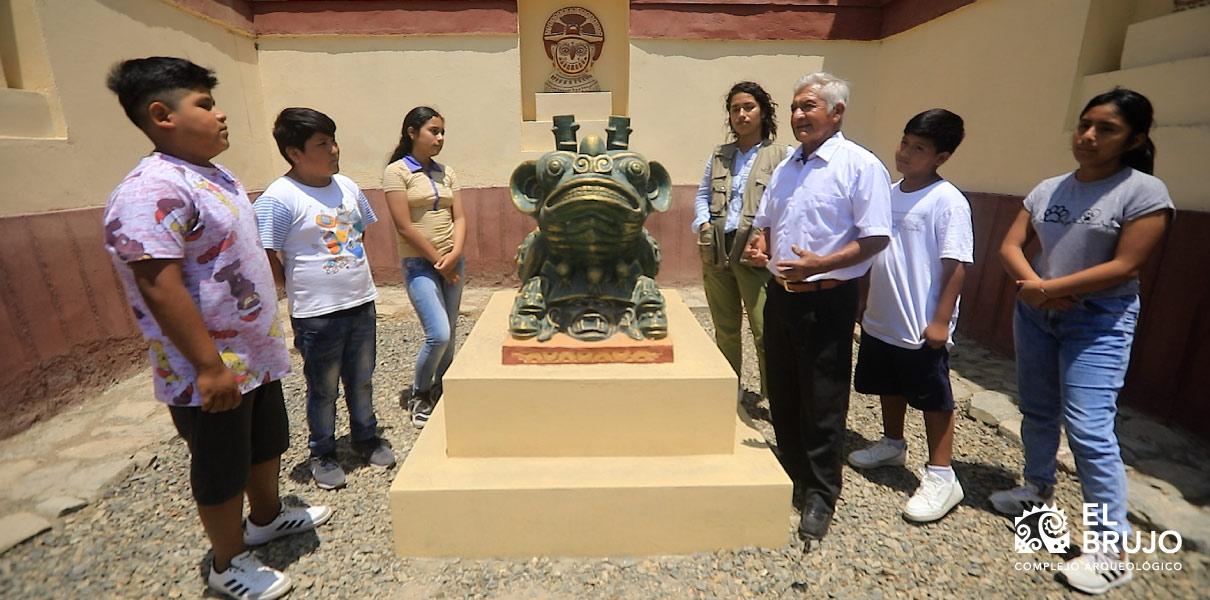
KA: What technique and tools do you use to make a sculpture?
LV: "I have made most of the pieces with the strong devil technique, because the piece has a greater consistency and resistance. Most of the tools that I use, like the stakes, I make myself."
Step by step to make a ceramic piece
1. The image is modeled in clay to obtain the mold.
2. Plaster, cement and water are mixed (proportionally).
3. The mixture is poured into the clay mold.
4. Once the piece dries, the mold is removed.
Final Ideas
The different ways of expressing the art and cultural richness existing in Peru allow us to delve into the history of the communities and learn from them part of our collective memory. In this case, our starting point to approach sculpture was to have a conversation with Mr. Lucio, an active member of the Chiclín community, and to understand that the practice of sculpture has no age or time limits, aside from motivating young people to generate an impact in their community and revalue their local culture.
Bibliography
-
- The sculptures. (n.d.). The sculptures. Retrieved on March 2, 2023, from https://lasesculturas.com/tecnicas-de-escultura/
- Martón G., J. J. (1995). The keys to Sculpture. Planeta.
- Mujica B., E. (2007). El Brujo (Primera). Wiese Foundation.
- Palau M., A. (2014). The art of sculpture: pedagogical and cultural dimension [Degree project]. University of Valladolid.
- Paredes V., P. (1996). Culture and Traditions from Chiclín (Primera).
- Ramírez, S. (1991). Provincial Patriarchs: Land Tenure and the Economy of Power in Colonial Peru. Alianza Editorial.
Researchers , outstanding news


